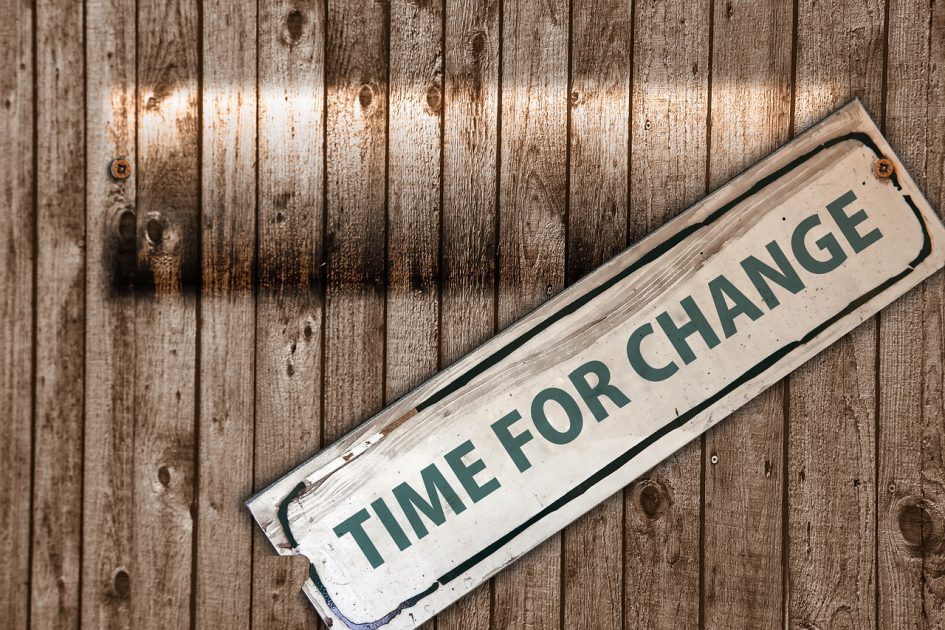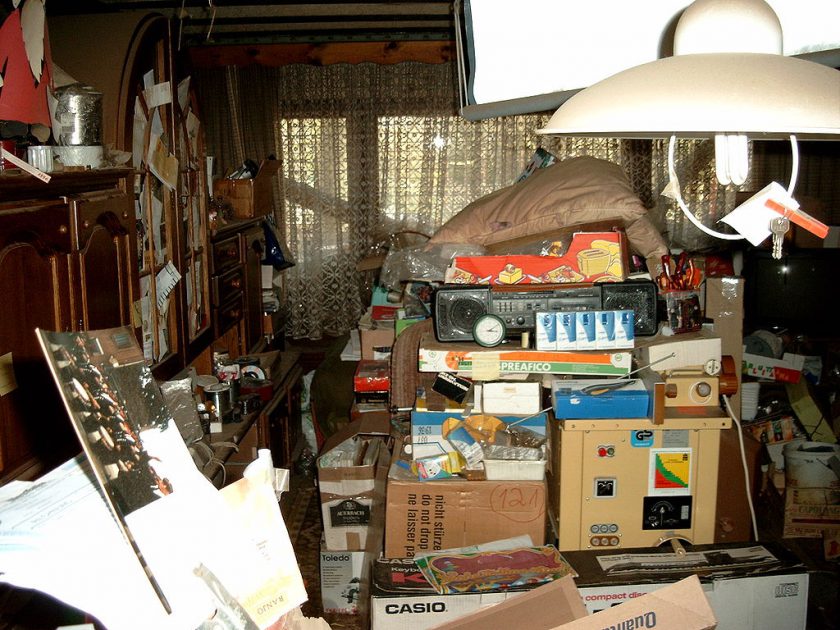People contact us all the time with questions about going tiny and the tiny house lifestyle. We wanted to share the most common questions so that people could get a feel for what others out there are thinking most about when it comes to going tiny. So, without further ado, here are the top ten common tiny house questions and their answers.
Are all tiny house people the same?

Almost everyone who finds interest in the tiny living lifestyle shares the common desires of simplicity, organization, and downsizing. Those who actually make the commitment to moving into a tiny home share the characteristics of courage, commitment, and willingness to change. So, while each individual person is motivated by different goals, there is frequently overlap between what they hope to get out of this change.
What are the legal obstacles of living in a tiny home?
Every city and town across the country has a distinct set of rules, codes and permits for tiny homes in their communities. Sometimes there is a minimum square footage requirement or a permanent structure ordinance that may require a work around or variance. That is why we highly recommend that people who are interested in going tiny work actively with their local legislature to find compromises so tiny living can become more accepted nationwide. You can read more about that in our Tiny House Parking Guide.
Is it possible for tiny houses to be safe and sturdy against extreme weather?
When we build all our houses, we adhere to the International Building Code and to withstand hurricane force winds. It may sound extreme, but if you are driving down the road at 60 mph with a 15 mph head wind, you are technically exposing your house to hurricane wind speeds. Our homes are insulated very well, and we have many folks who live in homes in extreme cold temperatures and report little problems.
Are tiny houses off-the-grid? How does someone access energy while living in a tiny house?
Tiny houses can be off-the-grid or grid tied. If you are going to go OTG, then you are going to need wind or solar power to drive the electrical devices within your home as well as a source for water and a way to process waste. For more information check out our FAQ question: How does a tiny house get and connect to utilities?
How do tiny houses promote a sustainable lifestyle?

Photo By Grap via Wikimedia Commons[/caption] In a world of excess, tiny living promotes a simpler, less consuming lifestyle that lends itself to using just what you need instead of keeping up with the Jones’. In a tiny house you are forced to break away from a life of excess consumption.
How has today’s consumer culture influenced many people to adapt to the tiny-house lifestyle?
Americans love to go big or go home. We are all guilty of buying two of something when on sale, even if we don’t need it. If you have a house that is bigger than what you need, you will find a way to fill it. If you look around and find that you have three of anything, it may be time to downsize.
In your opinion, what are the greatest benefits of deciding to live in a tiny home?
Saving money and time; allowing you to get back to the things that are really important to you.
What are the greatest drawbacks of living in a tiny home?
You must learn to compromise and say no. This is very tough for a lot of people to understand.
In the design you've created in the past, what are some features of your tiny house that are not commonly seen in others?
Our reverse loft in our Tiny Studio is a unique feature that I like a lot. I would also say that I love the fact that we provide education through our company. Whether you are building yourself, buying a home from us, or just perusing doing research to find out more about this movement, our website and staff are there to educate, answer questions and help guide you through the process of going tiny.
What words of advice would you give someone who is thinking of going tiny?
1. Do your research. There is a lot of information out there. Some of it is valid and of value and some is not. The best part of this movement is the customization and freedom that it allows the builder/buyer. Learn as much as you can so you can figure out exactly what you want. Also check out Five Tiny House Questions to Ask Yourself Before Going Tiny. 2. Try it out. Make sure that going tiny is right for you by renting out a tiny home for a weekend. Get a feel for the space by visiting a tiny house show or by even walking through sheds that are of equivalent size. 3. Choose Wisely. As this industry continues to grow, there are a lot of people who are new to the business with little to no experience. Choose to do business with people who have credibility and who are looking to build relationships more than just business. What tiny house questions do you have for us? Let us know in the comments below.